US scientists have developed a new sensor that can be used in packaging to indicate whether meat or fish is safe to eat.
The sensor, developed by chemists at the Massachusetts Institute of Technology (MIT), is made from chemically modified carbon nanotubes, which can detect the gases emitted from rotting meat.
It is similar to other devices developed by MIT scientists in recent years, including one that detects the ripeness of fruit. The nanotubes have been modified so their ability to carry an electric charge changes in the presence of a particular gas.
“When the device encounters amines, which are markers of decaying meat, the current of the device will become lower,” said scientist Sophie Liu.
It was tested on pork, chicken, cod and salmon, and researchers said it could be easily integrated into packaging to offer better safety information than a traditional expiry date.
Although there are other sensors that can detect the signs of decaying meat, they are usually large and expensive. “These are the cheapest, smallest, easiest-to-manufacture sensors,” said MIT professor Timothy Swager.
They also require little power and could potentially be read from a smartphone over a wireless network.
The development has been welcomed by the packaging industry, which said the device could help reduce food waste as well as prevent foodborne illnesses.
“There are several potential advantages in having an inexpensive sensor for measuring, in real time, the freshness of meat and fish products,” said Roberto Forloni, a senior science fellow at packaging company Sealed Air.
The scientists have filed for a patent on the technology and hope to licence it for commercial development.
Close menu
- Home
- Retail & Wholesale
-
Products & Suppliers
- Back to parent navigation item
- Products & Suppliers
-
Product Categories:
- Back to parent navigation item
- Product Categories:
- Alcoholic drinks
- Bakery
- Cereals & breakfast
- Cheese
- Chicken & poultry
- Chocolate
- Confectionery
- Crisps, nuts & snacks
- Dairy
- Fish
- Fresh produce
- Frozen
- Household
- Meat
- Own Label
- Sauces & condiments
- Seasonal
- Soft drinks
- Vaping
- Vegan & plant-based
- World foods
- Suppliers
- People
- Reports & Data
-
Topics A-Z
- Back to parent navigation item
- Topics A-Z
-
Popular topics:
- Back to parent navigation item
- Popular topics:
- Cost of living crisis
- Crime
- Deposit Return Schemes
- Finance
- Government & Regulation
- Health
- Inflation
- Loyalty
- Marketing
- Mergers & Acquisitions
- New Product Development
- Sourcing
- Supply chain
- Sustainability & environment
- Technology
- Ultra Processed Foods
- Vaping
- A-Z all topics
- Content by type:
- Events
- Subscribe now
Nanotube technology developed to detect unsafe meat & fish
By Carina Perkins2015-04-24T16:30:00+01:00
Sign in to comment on this article
Not logged in before? Register for FREE guest access today.
You will be able to:
- Read more stories
- Receive daily newsletters
- Comment on stories
Advert








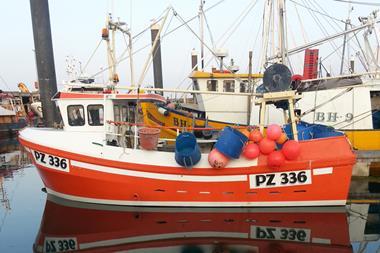
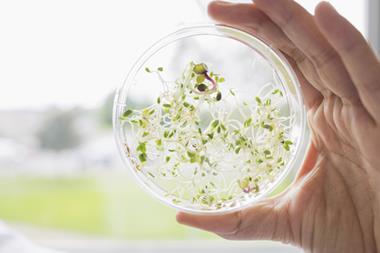
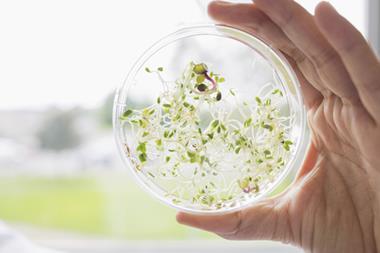
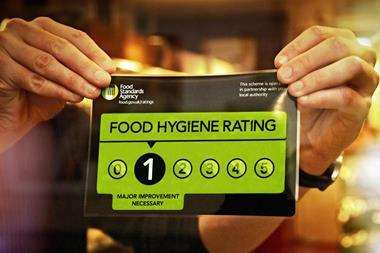
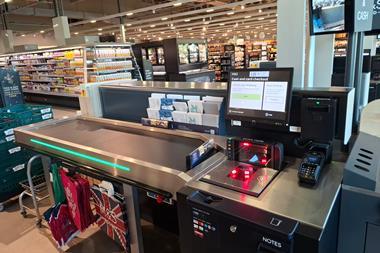


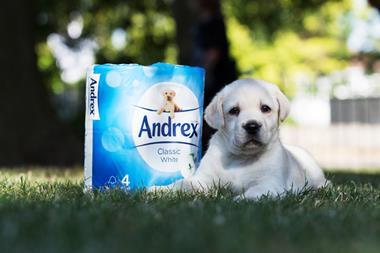
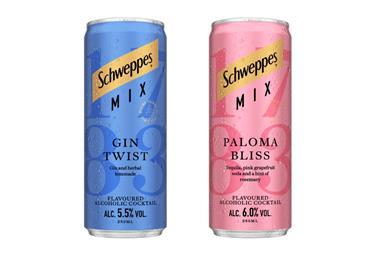


No comments yet